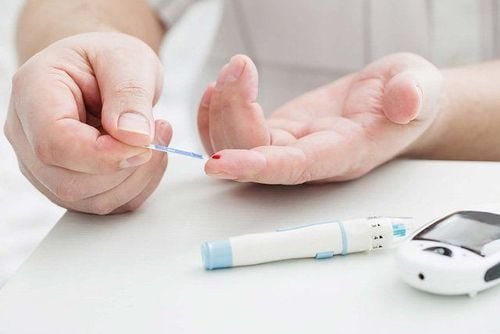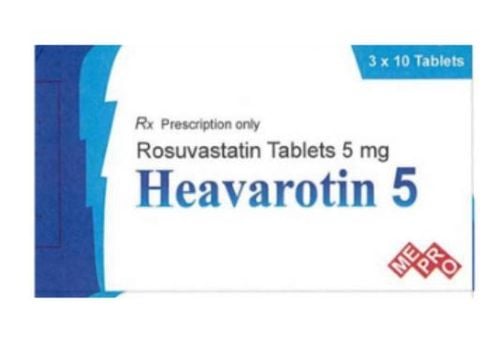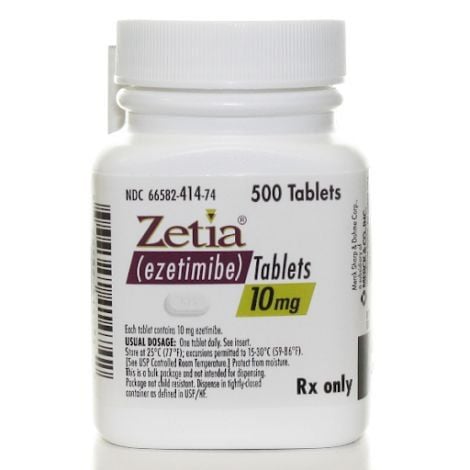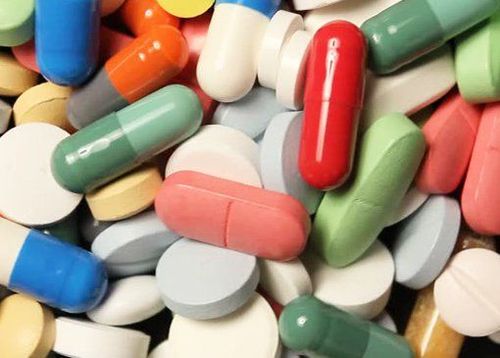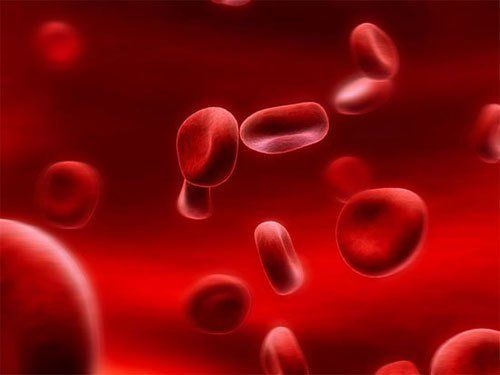This is an automatically translated article.
The article is professionally consulted by Master, Doctor Bui Tien Dat - Emergency Medicine - Cardiology - Emergency Resuscitation Department - Vinmec Hai Phong International General Hospital. The doctor has more than 12 years of experience in the field of emergency resuscitation - cardiology.Dyslipidemia is common in patients with diabetes, and may occur before diabetes or after the disease. Dyslipidemia can cause atherosclerosis or increase the risk of death from stroke and death from cardiovascular diseases.
1. Epidemiology of diabetes
Diabetes mellitus is a group of metabolic disorders that manifest as hyperglycemia due to relative or absolute insulin deficiency. Long-term hyperglycemia will cause dysfunction in organs, especially large and small blood vessels, also known as diabetes complications.Currently, the prevalence of diabetes is increasing. It is estimated that in 2000 there were about 171 million people in the world, accounting for 2.8% of the population and it is predicted that by 2030 this number will increase to 552 million people, accounting for 4.4% of the population. In 2010, the number of people with diabetes in the United States increased to 26 million people, about 7 million people are undiagnosed, 57 million people are at risk. In North America alone in the past 20 years, the rate of diabetes has also increased rapidly. In Vietnam, the disease situation is also increasing.
2. Diagnosis of dyslipidemia in patients with diabetes
Dyslipidemia is a biological pathology, occurring after a long time without being recognized. Dyslipidemia has no characteristic symptoms. Most clinical symptoms are detected only when high levels of lipid components in the blood are prolonged or when complications in organs such as atherosclerotic complications, myocardial infarction complications, complications have occurred. cerebrovascular accident, yellow rash appears on eyelids, elbows, knees. In addition, dyslipidemia can cause acute pancreatitis (high triglyceride levels > 11.3 mmol/L (>1000 mg/dL)). Very high blood triglycerides > 22.6 mmol/L (> 2000 mg/dL) can cause creamy white patches in the retinal veins and arteries. At extremely high levels, triglycerides can make plasma milky white.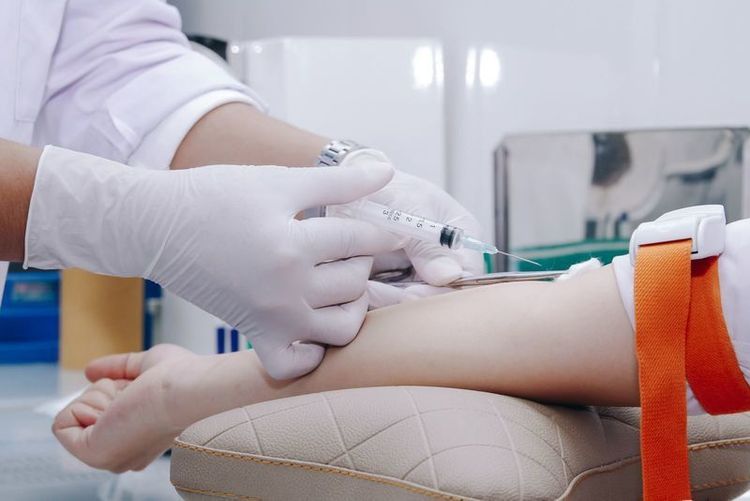
According to statistics, most people with diabetes have high cholesterol. Diabetes is a favorable condition for blood vessel damage. Compared with people of the same age, people with diabetes experience blood vessel damage 10 times more than people without the disease. Most of the vascular damage in diabetes is a consequence of dyslipidemia. Therefore, dyslipidemia in diabetic patients, if not treated promptly, will make diabetes complications appear early and greatly aggravate, especially cardiovascular complications.
2.1. Blood lipid index normal - abnormal Cholesterol
Normal: < 5.2 mmol/l (< 200 mg/dl) Limit increase: 5.2 - 6.2 mmol/l (200 - 239 mg/dl) Increase blood cholesterol: >6.2 mmol/l (>240 mg/dl) Triglycerides
Normal: <1.7 mmol/l (<150 mg/dl). Increase limit: from 1.7 to 2.25 mmol/l (150-199 mg/dl). Increased Triglyceride: from 2.26 to 5.64mmol/l (200 - 499mg/dl). Very elevated: > 5.65 mmol/l (> 500 mg/dl).
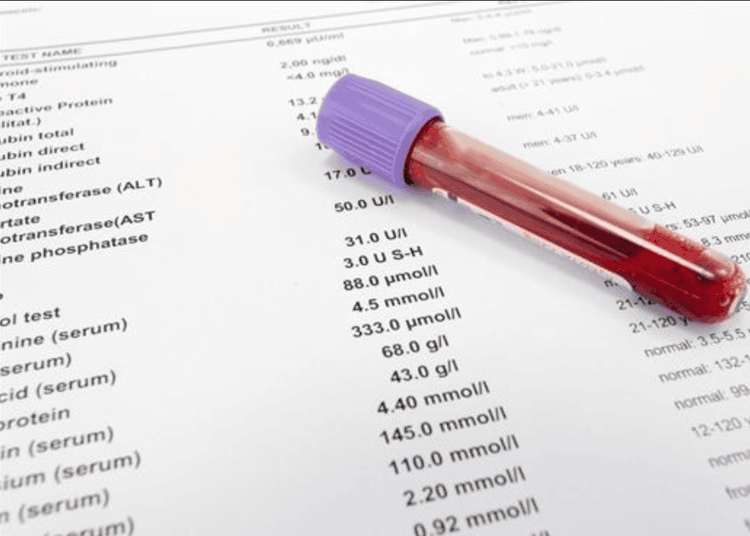
Normal: > 0.9 mmol/l. When HDL-C <0.9 mmol/l (<35mg/dl) is decreased. LDL–C (Lipoprotein promotes atherogenesis)
Normal: <3.4 mmol/l (<130 mg/dl) Limit raised: 3.4 to 4.1 mmol/l (130-159 mg /dl) Much increased: > 4.1 mmol/l (>160 mg/dl) Mixed dyslipidemia
Mixed dyslipidemia is when Cholesterol > 6.2 mmol/l and Triglycerid between 2.26 – 4.5mmol/l. 2.2. Peripheral specific signs Corneal arc: Pale white, circular or incomplete, located around the iris, indicating elevated total cholesterol, usually valid for people under 50 years of age. Erythema: On the upper or lower eyelids, localized or diffuse. Tendon yellow tumor: In the extensor tendon of the fingers, the Achilles tendon, the tumor is at the knuckles of the fingers. Subperiosteal jaundice (less common than tendinitis) in the anterior tibial tubercle, supraclavicular tumor of the elbow process. Jaundice or lumpy yellow lump: on elbows and knees. Palmar pallor form: in the folds of the fingers and palms.
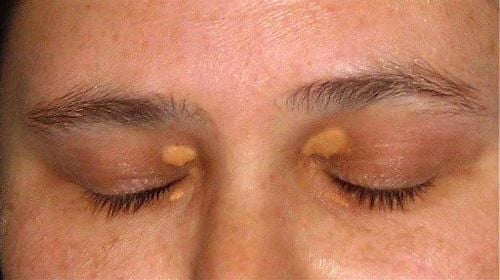
3. Recommendations for the treatment of dyslipidemia in patients with diabetes
Treatment of dyslipidemia must be combined with lifestyle changes and medication. Lifestyle change is the first indication, including increasing physical exercise, especially those who do sedentary work, and adjusting a reasonable diet for the physical condition and nature of the job. It is necessary to control blood sugar and blood lipids at the same time to limit the risk of diabetes complications.For diabetics not taking Statins, lipid bilanography should be done at the time of diabetes diagnosis and initial examination and then every 5 years or more frequently if indicated. Bilan lipids at the start of statin use and periodically thereafter help assess treatment response and adherence. Lifestyle changes focused on weight loss (if indicated); reduce consumption of saturated fats, trans fats and cholesterol. Increase intake of omega-3 fatty acids, fiber... Encourage increased physical activity to improve lipid bilan in patients with diabetes. Promote lifestyle changes and good glucose control for diabetics with triglyceride levels ≥150mg/dL (1.7mmol/L and/or HDL-C <40 mg/dL or 1.0 mmol/L) for men and <50 mg/dL or 1.3 mmol/L for women.Diabetes patients with fasting triglyceride levels ≥50 mg/dL (5.7 mmol/L), need evaluation for the cause. patients with secondary hypertriglyceridemia and consider medical treatment to reduce the risk of pancreatitis.


Please dial HOTLINE for more information or register for an appointment HERE. Download MyVinmec app to make appointments faster and to manage your bookings easily.





